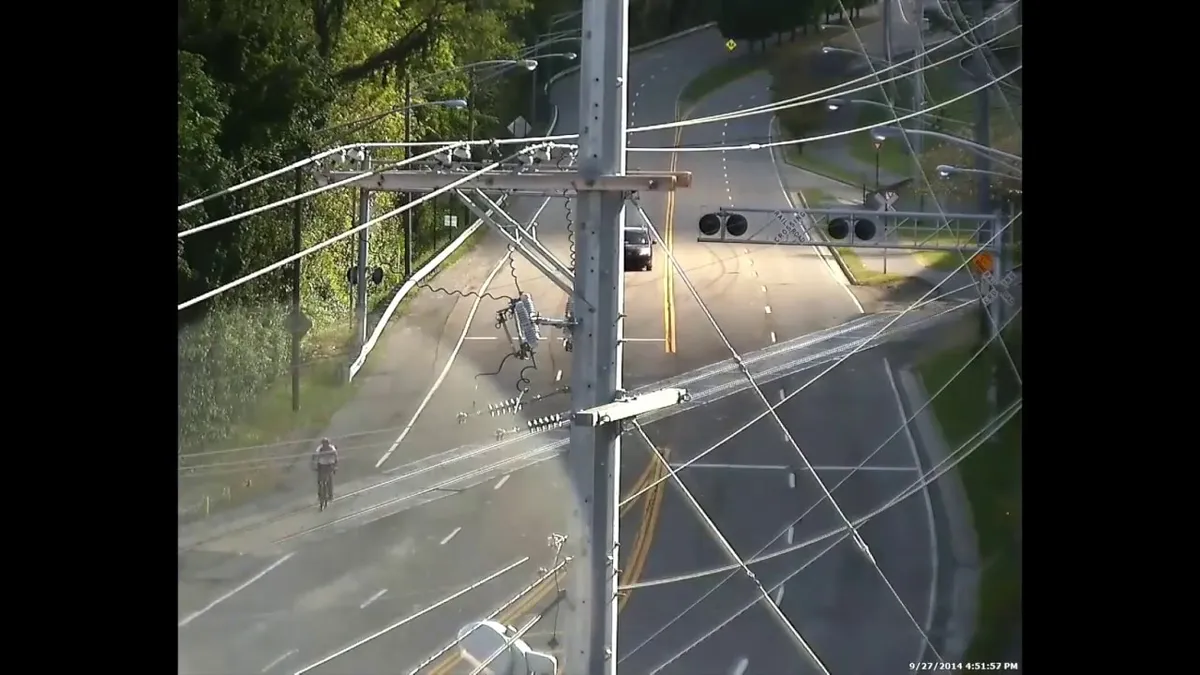Nobody wants to fall off their bike and if you’ve ever suffered a serious spill, this video may make for difficult viewing.
Filmed by researchers at the University of Tennessee-Knoxville, this compilation of cyclists having terrible days is not mere voyeurism, it’s part of a study published in the Journal of Transport and Health that set out to investigate the causes of single bicycle crashes at railroad grade crossings, or level crossings as we call them in the UK.
- What's your best crash ever?
- Do you care where your bike is made?
- No brakes, no wheels: ski biking looks dangerously fun
Associate professor of civil engineering Chris Cherry was motivated to carry out the research after suffering a fall himself on this particularly awkward crossing, where the tracks slice across the bike path at an especially shallow angle.
He and his colleagues recorded over 50 crashes using a window-mounted camera that overlooked the junction, over a period of just two months in 2014.

For their research, the academics focused on 32 incidents which took place on the side of the road and were more clearly visible in the footage.
They compared the crashes to a random sample of 100 successful crossings of the tracks, drawn from a total of over 2,000 cyclists who traversed that particular section.
Unsurprisingly, a rider’s angle of approach to the tracks proved to be the single biggest factor in determining whether or not he or she stayed upright.
It was found that crash rates reduced dramatically at approach angles greater than 30 degrees, and that they were non-existent at angles greater than 60 degrees.
Wet conditions and riding in groups were also identified as risk factors, and for reasons that aren’t totally clear, women were over-represented among those falling.
If you want to dig into the results in full, you can read the entire research paper here. If that’s too in-depth, CityLab has done a great run-down on the background to the study and its major findings.
This story does have a happy ending of sorts — Knoxville has redesigned the crossing to a ‘jughandle’ configuration, which allows a near-60-degree approach angle and all but eliminates accidents.
Be safe out there, folks.
